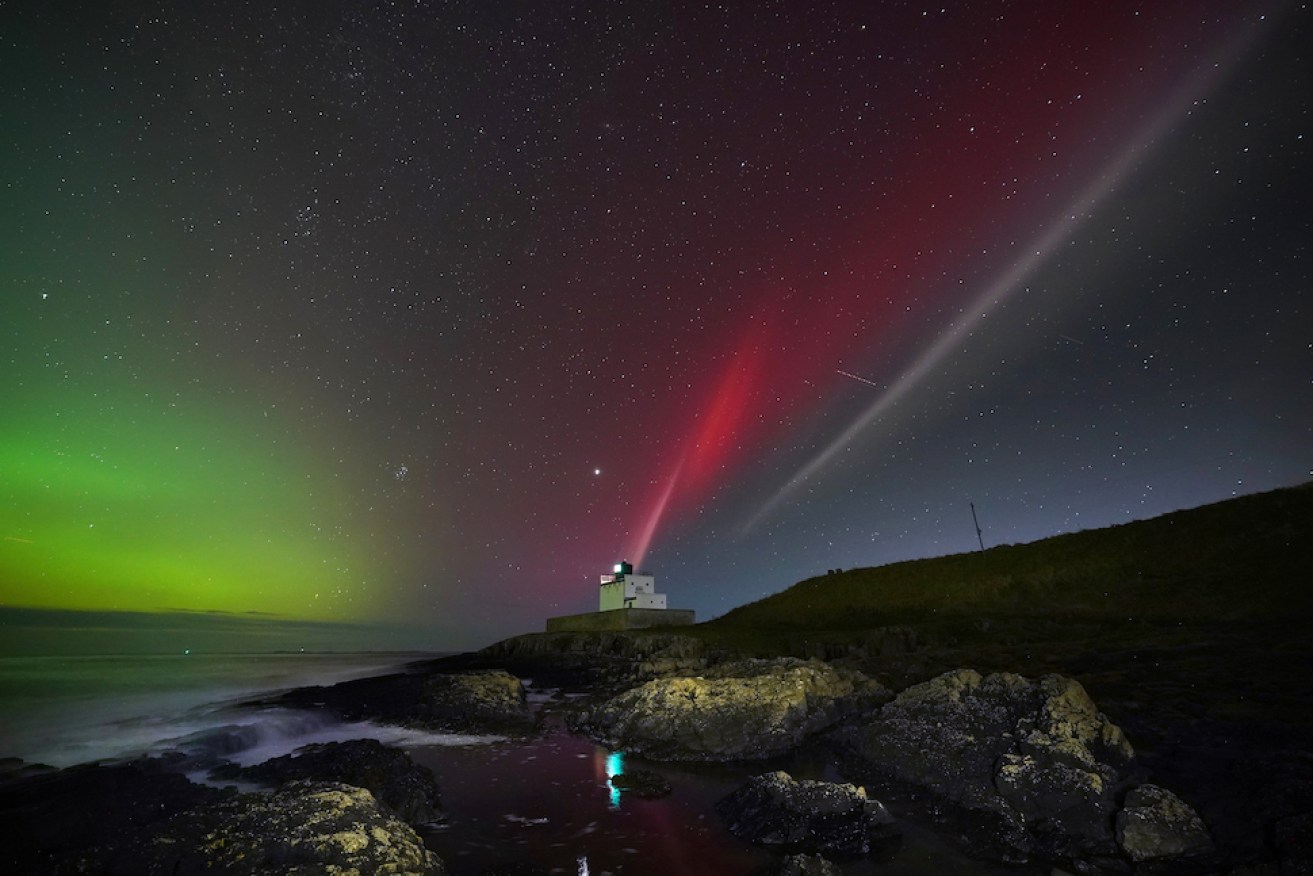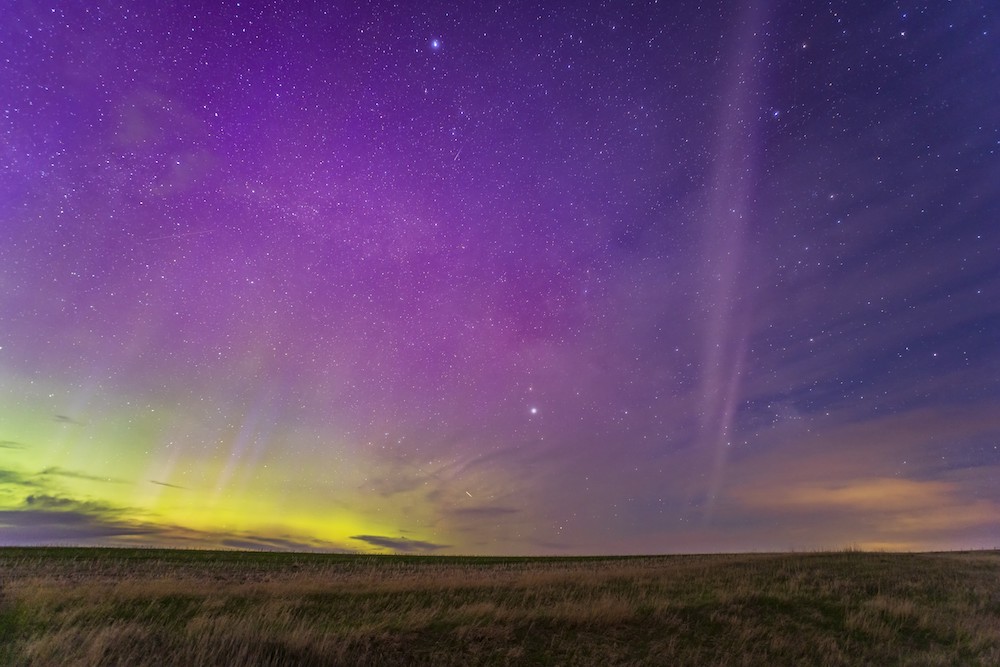More people see STEVE, a recent celestial phenomenon


A rare aurora-like phenomenon named STEVE has been spotted all over the world. Photo: Getty
If you ever look up into the night sky in the Northern Hemisphere, and even maybe Australia or New Zealand, and see a purple and green light ribbon, you might be looking at STEVE.
The phenomenon known as STEVE (Strong Thermal Emission Velocity Enhancement) is similar to its better-known ‘cousins’ the northern and southern lights (Aurora Borealis and Australis), but not exactly the same.
“STEVE is caused by a ribbon of hot gases rather than particles like electrons and protons like the auroras,” stated the National Oceanic and Atmospheric Administration’s Science on a Sphere.
“The primary sources of space weather are solar flares and associated solar coronal mass ejections. These eruptive events on the sun release photons and energetic particles that collide with Earth and its protective magnetic field, or magnetosphere.
“When a coronal mass ejection reaches Earth, it energises the electrons and protons in the magnetosphere and accelerates them down the magnetic field lines to regions near the north and south poles where the electrons and protons collide with oxygen and nitrogen in Earth’s upper atmosphere.”
One of the few ways we can directly experience space weather is by observing the aurora.

STEVE is different from other spectacular wonders in the sky. Photo: Getty
How STEVE came to be
STEVE didn’t have a name until just eight years ago, despite potential observations being made in the 18th century, according to The Washington Post.
Eight years ago, Elizabeth MacDonald, a space physicist at NASA was in Calgary, Alberta, for a seminar and ended up at an Irish pub with a group of scientists who mainly took photos of the night sky.
MacDonald had spoken to aurora chasers in the area through a Facebook group before meeting them at the pub, she told CNN.
They had photos of the celestial phenomenon which would soon be called STEVE, and they showed her.
Chris Ratzlaff wasn’t at the pub, but he was the one who suggested the name STEVE for the bizarre, yet to be identified lights, in a nod to the movie Over the Hedge, where the animated animals are scared of the hedge, so they give it a human name.
Even when scientists started to publish literature on the lights in the sky, the name STEVE stuck and subsequently, they came up with the acronym.
Pub was a turning point
Reflecting on that night at the Irish pub, MacDonald told CNN it was a turning point for understanding the lights.
“That was the in-person meeting that was one of the pieces that gave it more momentum to eventually collect more and more observations in a more and more rigorous way to where we could correlate that with our satellite,” MacDonald said.
NASA has been studying STEVE since 2018 and while people have marvelled at it in both the northern and southern hemispheres, the occurrence rate is difficult to know.
“The occurrence rate of STEVE and observation rate can be different, especially if you go back a few years, because people were not aware of STEVE,” Michael Hunnekuhl, a citizen scientist told The Washington Post.
He said it is likely the weather might influence the reporting rates as people tend to stay inside in inclement weather.
Recently, STEVE was seen in the UK, and it has also been sighted in Canada, the US and New Zealand. STEVE has appeared to observers in Turkey, Greece, Slovakia and China, and it is best seen through a camera and not the naked eye.








